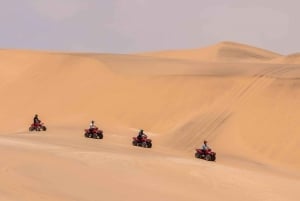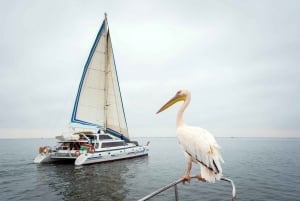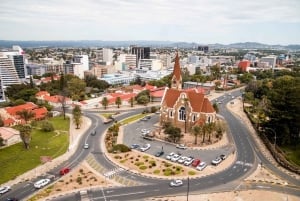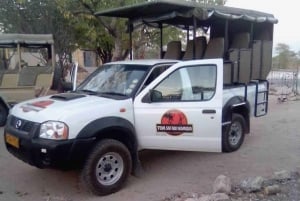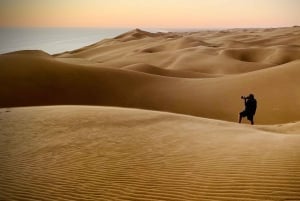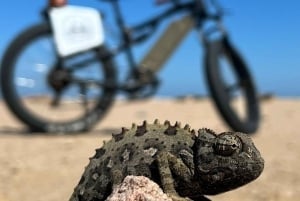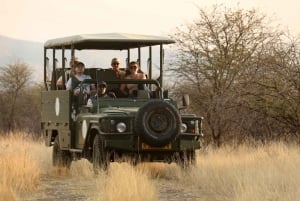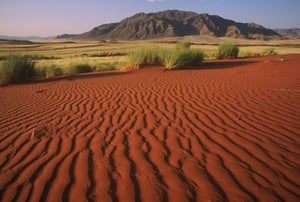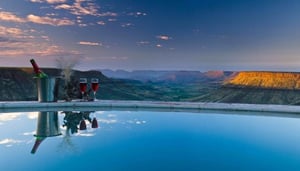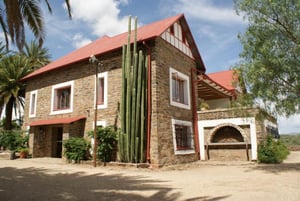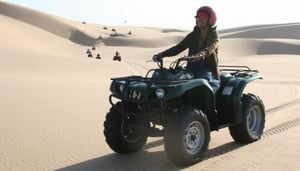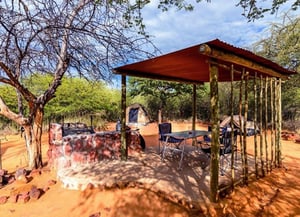Keetmanshoop
As the administrative centre of the southern regions of Namibia, roads from Keetmanshoop lead in different directions to all sorts of well known attractions such as the Fish River Canyon, Quiver Tree Forest and Giant’s Playground. Keetmanshoop has its roots in a Rhenish Mission Church established in 1860. Named after German trader Johann Keetman, the town contains beautiful architecture and carries the ambience of a country town. The Keetmanshoop Museum extensively covers the history of the small metropolis and the surrounding area. Proclaimed a national monument in 1978, the Keetmanshoop Rhenish Mission Church was built in 1895 to encourage the Christian faith to the local Nama people. The town’s hospitality is warm and friendly with ample services and facilities for the eager visitor. With the wealth of the surrounding area, Keetmanshoop is not to be bypassed easily.
Quiver Tree Forest:
Located about 13km from Keetmanshoop on the farm Gariganus, the strange figures of Aloe dictoma, or the quiver tree, can be found reaching to the sky. These peculiar trees played a very important part in Bushmen culture. The people of the Kalahari Desert used the bark to manufacture quivers for their arrows, hence the name. Some can stretch to heights of 9m tall and are actually a type of aloe, not a tree. With their oddly shaped branches and leaves, these aloes are incredibly adapted to their dry and harsh environment and make for beautiful photographic opportunities.
Giants' Playground:
The Giants’Playground is so named because the remarkable dolerite rock formations resemble a game of marbles played by titans. Mother Nature astounds once again with delicate balancing acts as the formations are piled precariously. Located on the farm Gariganus 13km from the town of Keetmanshoop, the Giants’Playground offers beautiful scenery and interesting geology.



